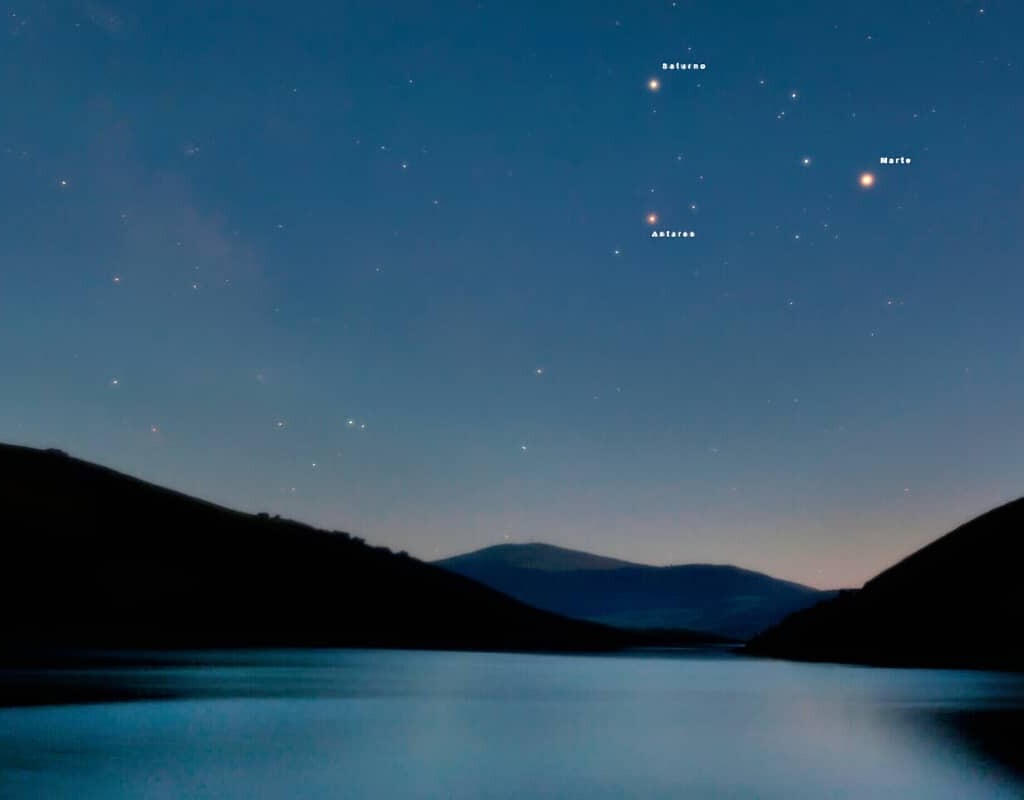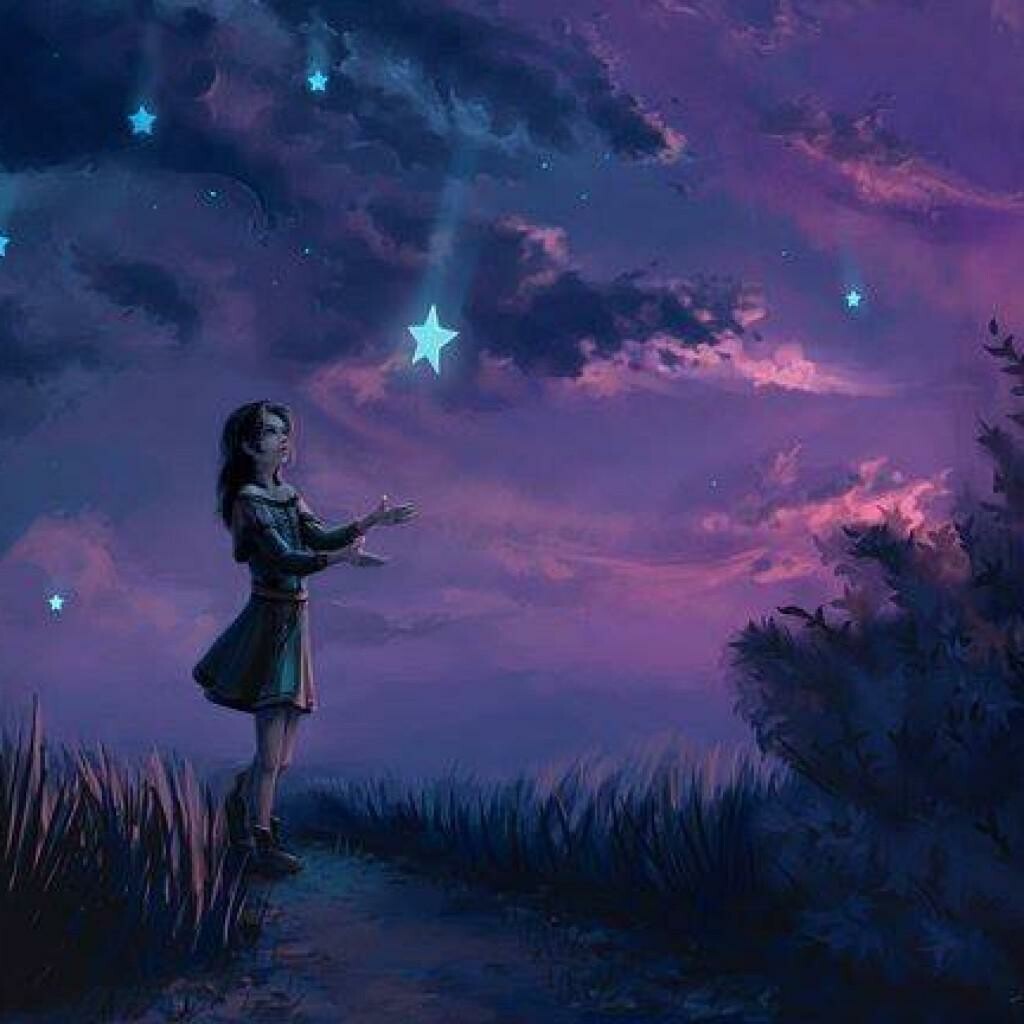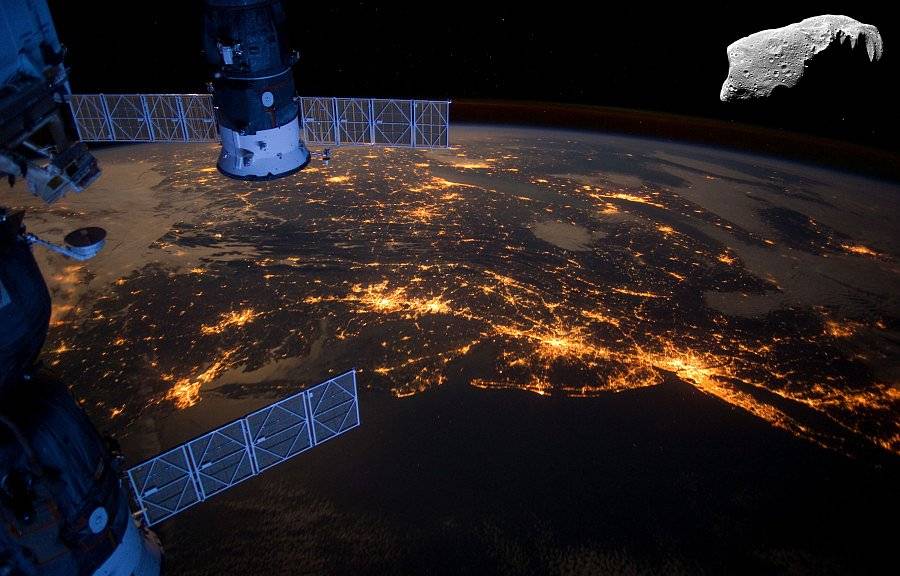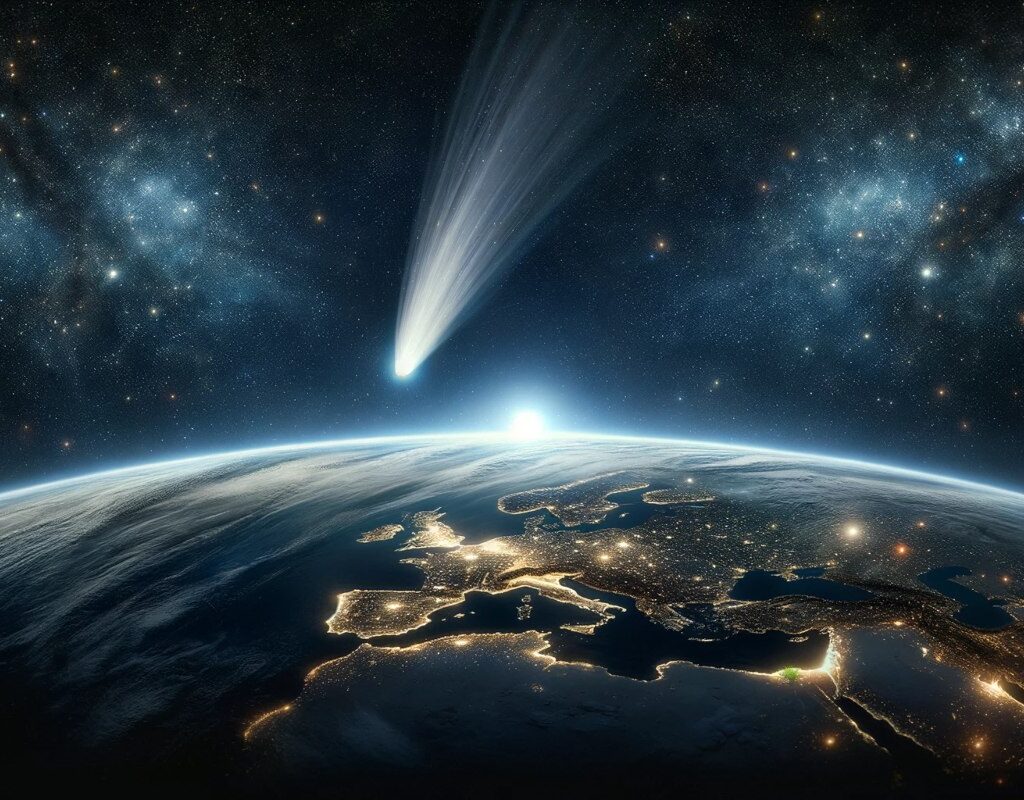The astronomical events of the first month of the year will be enhanced by the conjunction of Venus and Saturn, which will be like a celestial dance. Here’s how you can see it.
Venus and Saturn Will Conjunction on January 22, 2023!
On January 22, 2023, two solar system giants will approach each other. On the third weekend of that year, Venus and Saturn will align in a nocturnal dance across the sky.
From Earth’s perspective, the two bodies will collide that night as they follow the same path around the sun. Here’s how to take full advantage of this astronomical spectacle.
The God of Time and the Goddess of Love Dance
In Greek mythology, Saturn is the god of time. After his wife gave birth to all the gods of Mount Olympus, he had a panic attack and decided to devour them one by one.
But Zeus, the god of lightning, made his father vomit up his siblings. Venus, the goddess of love, seems to be ignoring this unfortunate incident with her father this weekend.
Venus and Saturn, the planets, not the gods, will be extremely close on January 22 this year. In areas with little traffic and light pollution, this natural phenomenon will be visible to the naked eye.
Venus and Saturn will align that night, according to the media, which occurs “when the planets have the same right ascension (the angular distance used to locate celestial bodies in the night sky).
According to NASA, they will be so close that they will be separated by only one degree. Now, a cell phone camera may not be enough to capture the moment forever. Instead, if you want to spend a day photographing the night sky, you’ll need special lenses.
How can I see the conjunction of Venus and Saturn this weekend?
All the planets in the solar system describe their orbits around the Sun, which is their main star. Observers have been tracking these orbits since ancient times.
We believe that these records have controlled millennia-old agricultural calendars on the surface of the Earth. Thanks to the coherence of the cycles, time is marked by them.
Beginning January 18, Venus and Saturn will start to approach each other. The night sky will be the stage for their final “brush” on Sunday of that week.
The two planets are 130 million kilometers apart, although they appear very close. Therefore, there is “no chance” that they will collide, according to Space.
They will be visible to observers in the northern hemisphere in the northwestern sky about 45 minutes after sunset. NASA’s Jet Propulsion Laboratory has calculated that Venus will be much brighter than Saturn. It will be the third brightest celestial body after the Sun and Moon.
With information from ngenespanol.com




